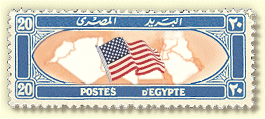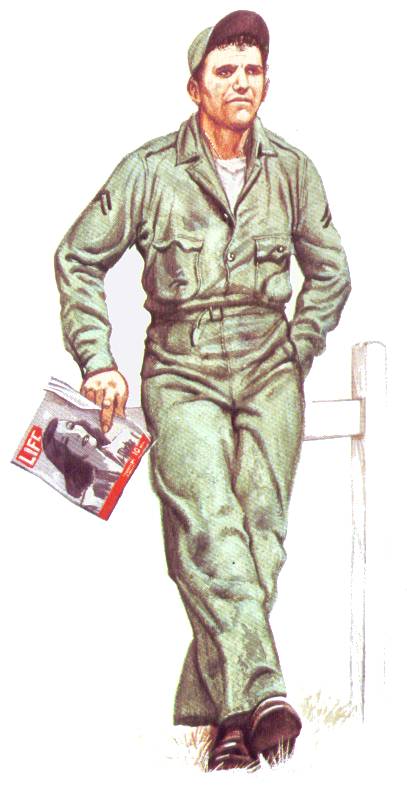

When the United States entered World War II in December 1941 discussions were already in progress between American and British air chiefs for American support for the British Eighth Army. President Roosevelt recognized that a British collapse in Egypt would have far-reaching implications and the need American support in the Middle East. Since all Axis supplies had to cross the Mediterranean from Europe to Africa and then move along the coastal highway to the fighting units, interrupting that flow of men and materiel into Libya became the primary Allied strategic objective. To attain that objective, the British were eager to obtain American heavy bombers to reinforce the Royal Air Force (RAF) in the Middle East. The Army Air Forces (AAF) began planning for a build up of American air power in the Middle East in January 1942 and by the end of May the RAF and the AAF had agreed on a schedule for providing American air combat units to support the RAF in North Africa beginning in October 1942. However a special group of B-24s Liberator heavy bombers with hand-picked crews who had been training to bomb Tokyo from bases in China became available when the Japanese had overrun all the Chinese airbases with in reach of Japan. These were diverted to Egypt for a surprise raid on the oil refineries in Ploesti, Rumania. Initially they were at Khartoum but soon went up to the RAF field at Fayid. On 11 June 1942, the U.S. Army's Egypt-Libya Campaign opened with thirteen B24s attacked the Rumanian oil refineries although they only inflicted negligible damage on the target. It did however have a psychological impact as the first American air raid conducted against a strategic target in Europe during World War II. On the day after the Ploesti raid General Marshall created U.S. Army Forces in the Middle East (USAFIME). British and American staffs also developed plans to move additional air combat units and their ground support elements into Egypt. By early July they had agreed to move six U.S. air groups to Egypt: three bomber and three fighter. On 25 June Maj. Gen. Lewis H. Brereton, commander of the U.S. Tenth Air Force in India arrived in Cairo along with 225 assorted staff officers, fliers, and mechanics. As early as 30 June Brereton had directed the B-17s which he had brought from India to move their operations to Palestine, while the B-24s continued to fly their missions from Fayid in Egypt. But both units flew day and night bombing missions against the Axis' increasingly inadequate supply lines, concentrating their efforts against the port of Tobruk.  Despite the prospect that USAMEAF would remained a relatively small they played a more important role in the victory in the Mediterranean Theatre of Operations then historians would give them credit. Of great significance is the fact Brereton formed excellent relations with the British Western Desert Air Force so laying a firm foundation of Anglo-American cooperation which contributed the Allies ultimate victory.
Despite the prospect that USAMEAF would remained a relatively small they played a more important role in the victory in the Mediterranean Theatre of Operations then historians would give them credit. Of great significance is the fact Brereton formed excellent relations with the British Western Desert Air Force so laying a firm foundation of Anglo-American cooperation which contributed the Allies ultimate victory.
Equally neglected is the philatelic legacy of the American forces stationed in Egypt although Smith1 does give some prominence to them. Perhaps surprisingly for the relative small number of forces involved covers are inexpensive and fairly easily obtained, but have largely been ignored by Egyptian Philatelists.
|
|
|